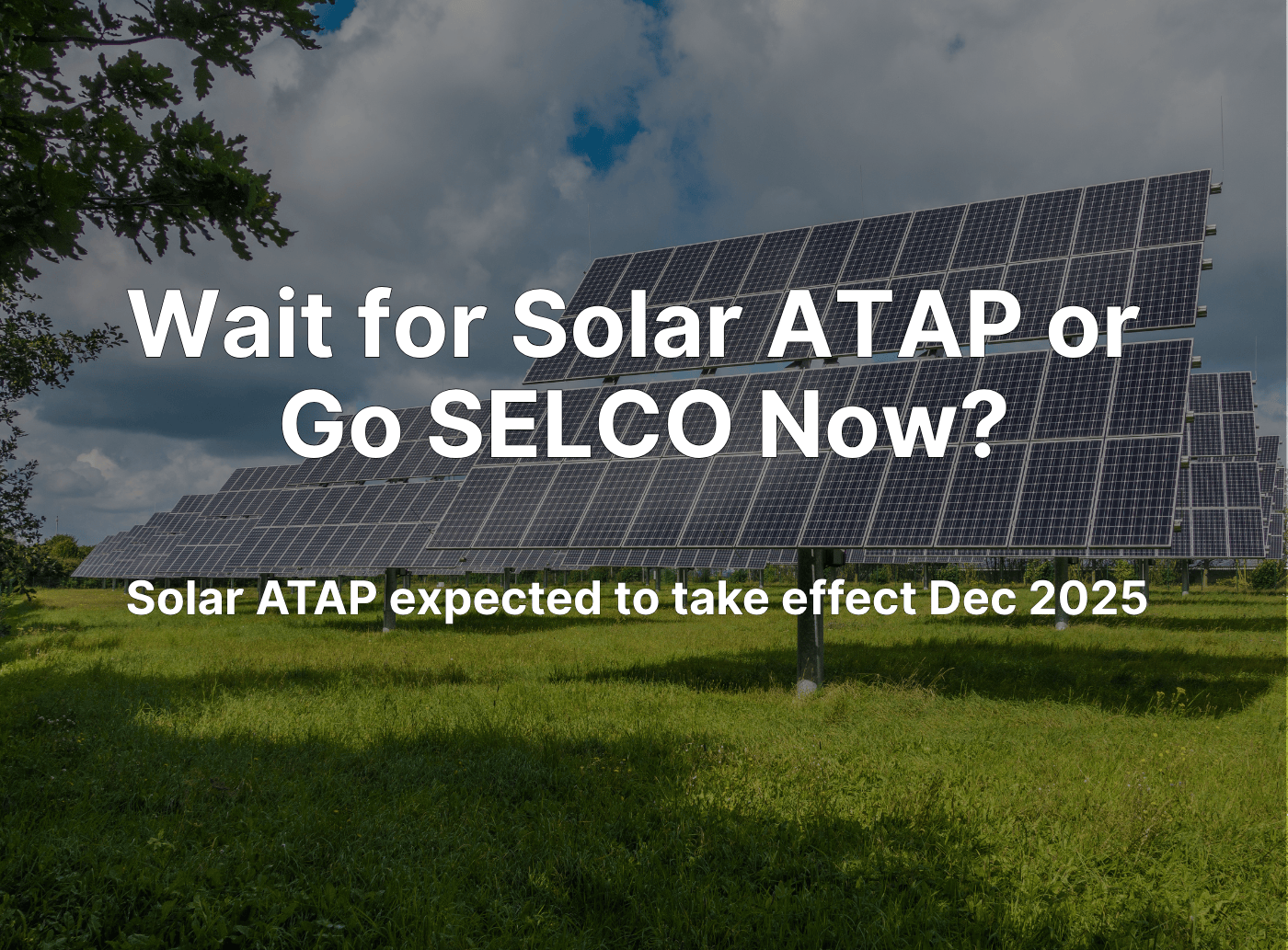
Malaysia’s Budget 2026, tabled on 10 October 2025, marks a decisive pivot toward a low-carbon, renewable-energy economy.
The government introduced new policies and funding mechanisms that directly impact solar energy, energy storage, ESG adoption, and green financing.
For businesses in Malaysia’s energy, manufacturing, property, and corporate sustainability sectors, these measures signal both opportunity and accountability.
This article breaks down each key Budget 2026 initiative — from carbon tax to Solar ATAP — and explores how they shape Malaysia’s clean-energy landscape, alongside Sunview’s role in driving the transition.
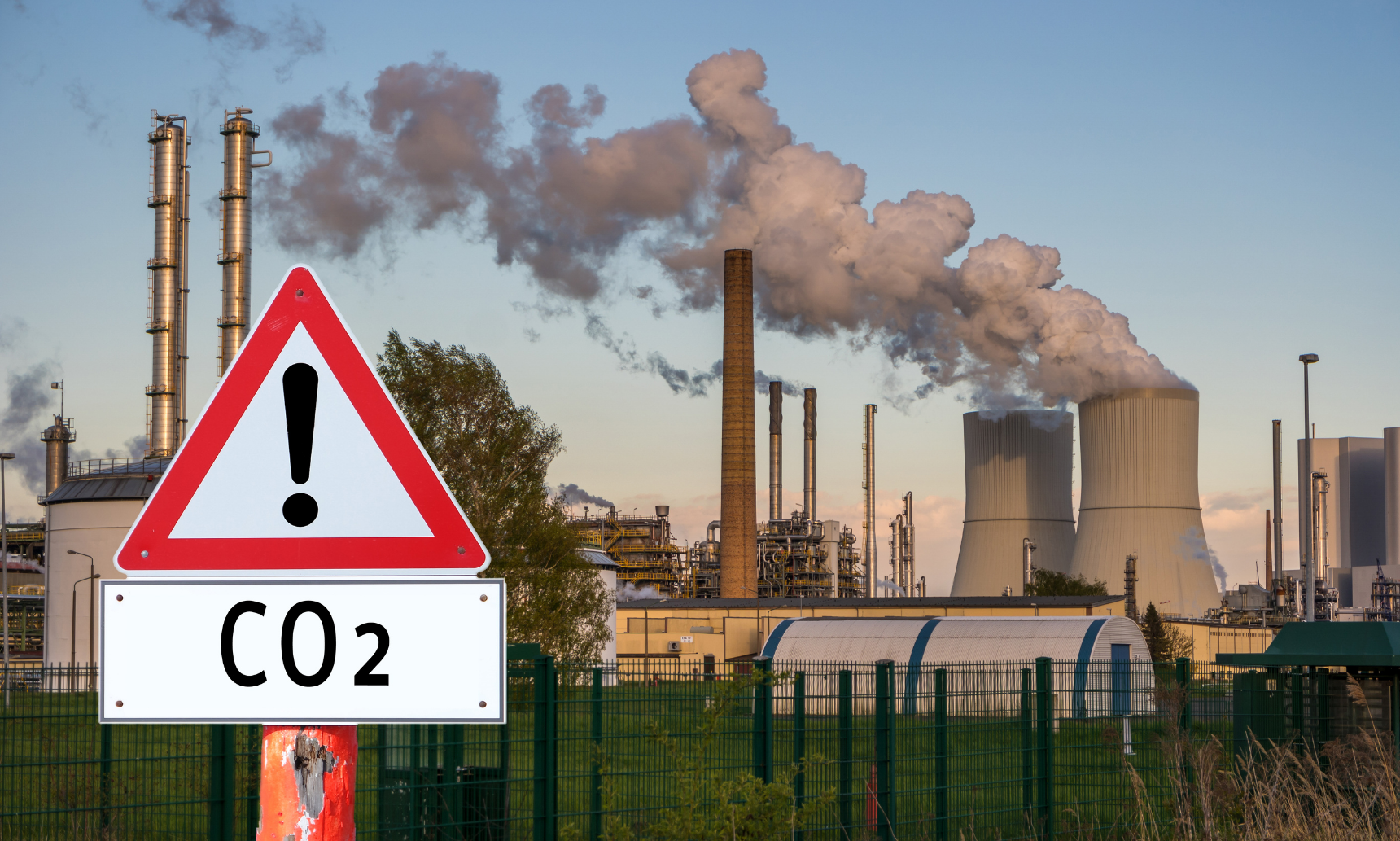
1. Carbon Tax Malaysia 2026
What was announced
Budget 2026 includes the rollout of a carbon tax starting in 2026, initially targeting high-emission sectors such as energy and iron/steel, with scope expected to extend overtime. The system will align with the National Carbon Market Policy and the upcoming Climate Change Bill.
Why it matters
- The carbon tax turns emissions into measurable financial risk.
- It increases the cost of traditional fossil generation, strengthening the business case for renewable energy and battery storage.
- High energy consumers will feel pressure to decarbonise, offset emissions, or invest in cleaner technologies.
Where Sunview fits
While the details of Malaysia’s carbon tax are still being finalised, Sunview continues to support businesses in strengthening their sustainability goals and exploring cleaner energy options.
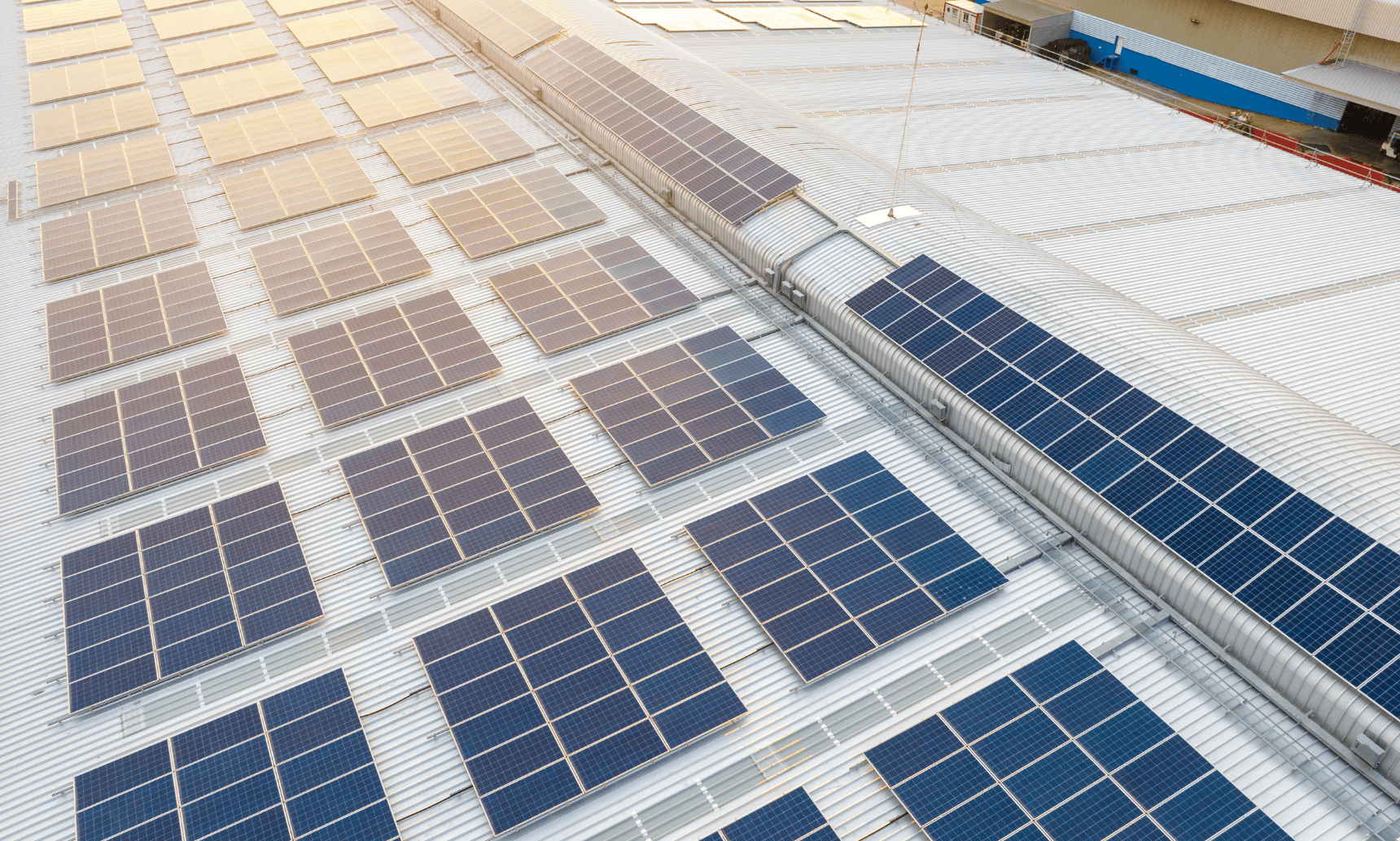
2. Solar ATAP: Rooftop Solar Rebirth (Up to 500 MW)
What was announced
The Solar Accelerated Transition Action Programme (Solar ATAP) enables consumers — residential, commercial, and industrial — to self-generate and export solar energy. It sets a national ceiling of up to 500 MW of rooftop installations.
Why it matters
- After NEM 3.0 (Net Energy Metering) ended, Solar ATAP replaces it as the new export scheme, while SELCO remains available for full self-consumption systems.
- The 500 MW limit is a ceiling, not a guarantee — uptake will depend on grid capacity and project execution.
- The programme revitalises Malaysia’s C&I rooftop solar market, giving both businesses (and homeowners) a new incentive to invest in distributed solar generation.
Where Sunview fits
Sunview’s C&I rooftop division helps businesses design systems eligible for Solar ATAP, offering both zero-upfront and financed models. While Sunview primarily serves corporate clients, homeowners seeking reliable installation partners can also reach out for home installation.
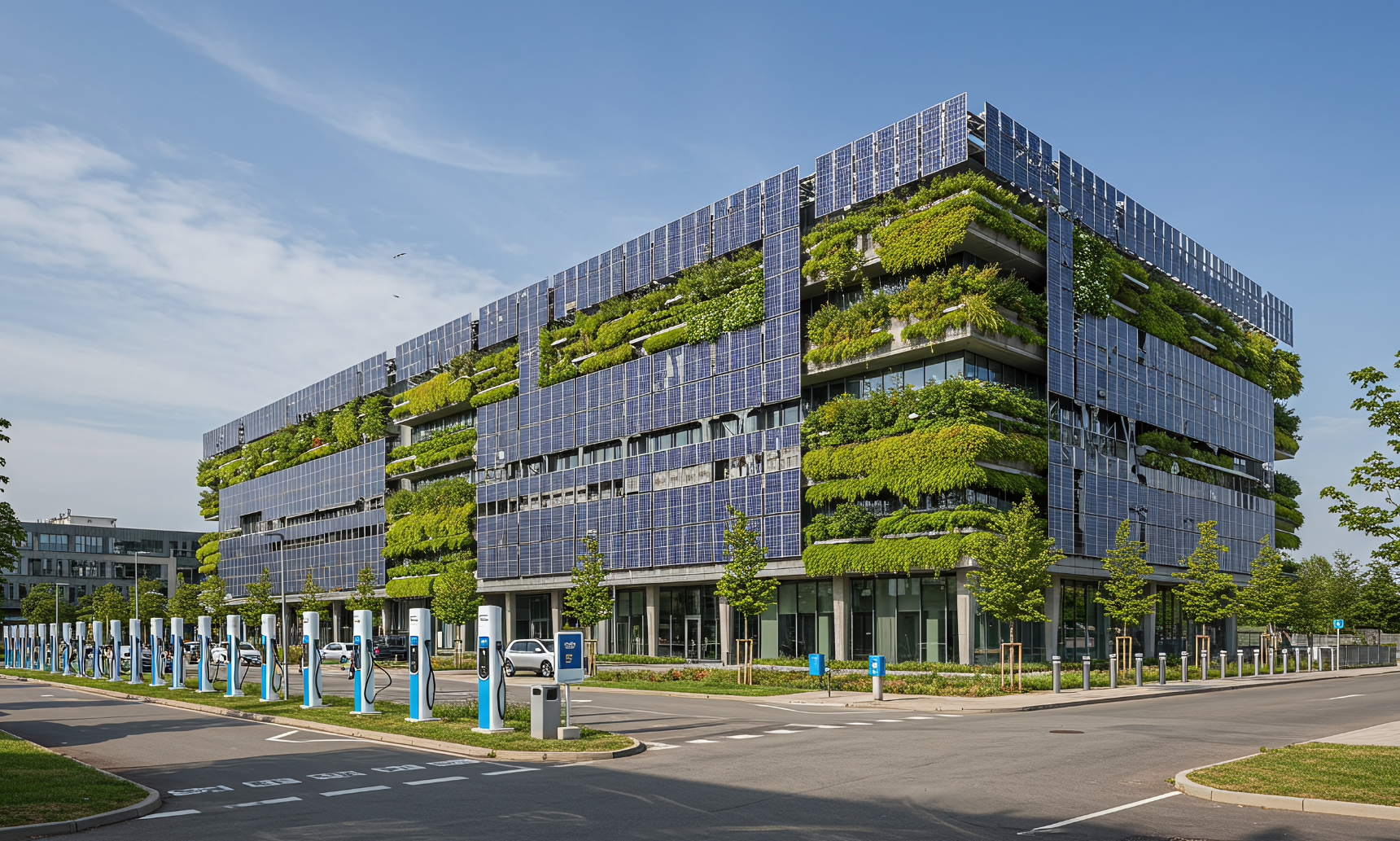
3. CRESS Malaysia: Corporate Renewable Energy Supply Scheme
What was announced
The Corporate Renewable Energy Supply Scheme (CRESS) enables companies to generate or purchase renewable electricity directly through long-term corporate PPAs (Power Purchase Agreements). CRESS is expected to attract RM 3.5 billion in private investment that will generate 500 megawatts of renewable energy.
Why it matters
- It gives corporations greater control over energy sourcing and price stability.
- It shields them from grid tariff volatility and strengthens ESG credentials.
- For high-consumption industries like manufacturing, logistics, and data centres, CRESS provides a scalable renewable pathway.
Where Sunview fits
Sunview partners with corporates and developers to design, build, and deliver CRESS-registered projects — from technical feasibility to EPC execution.
The company also collaborates with financial and legal partners to structure stable, long-term renewable supply agreements.
We also collaborate on PPA structuring, helping businesses secure stable, long-term renewable supply agreements.
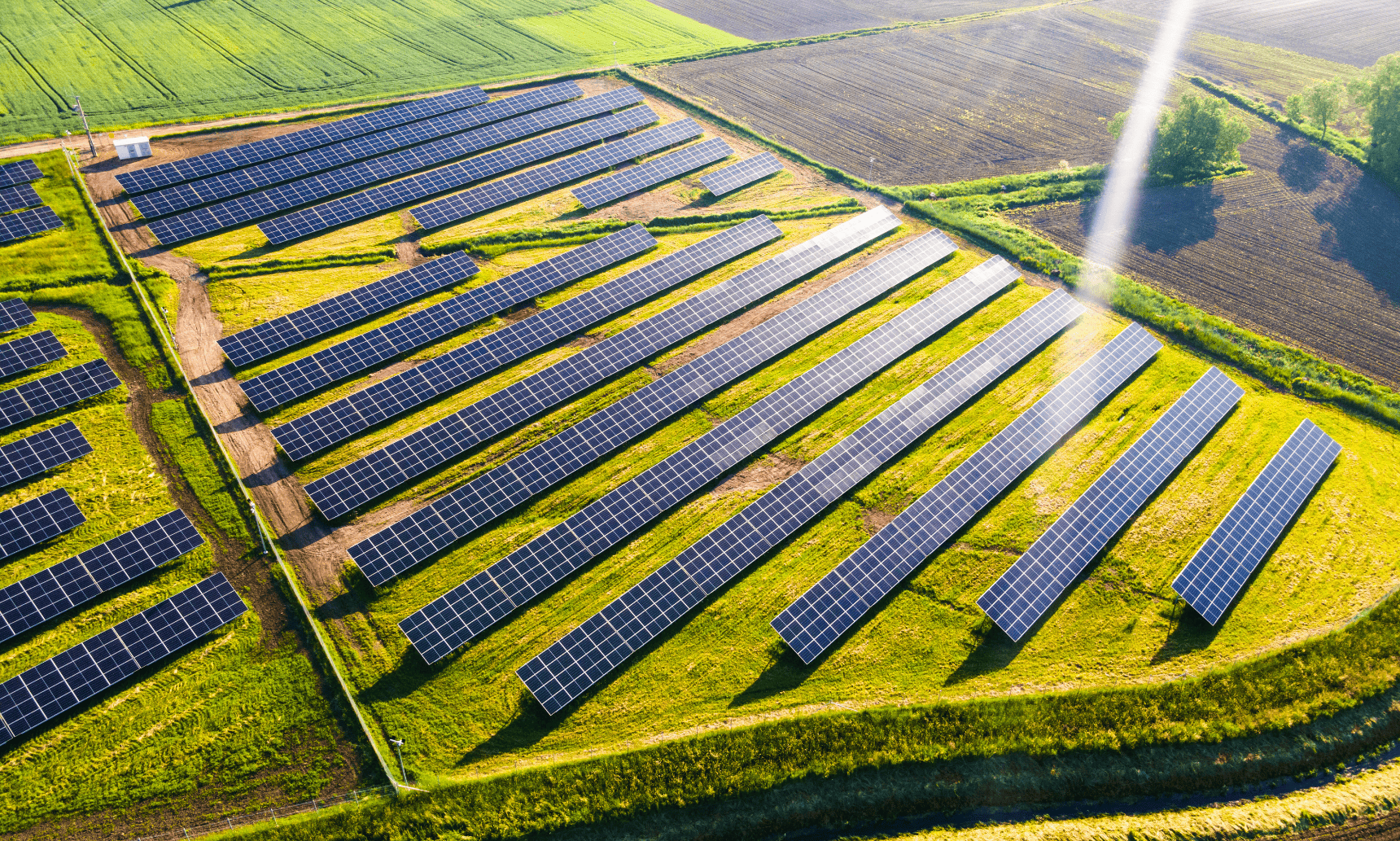
4. LSS6 Malaysia: Large-Scale Solar Expansion
What was announced
Budget 2026 introduces LSS6, adding nearly 2 GW of new large-scale solar (LSS) capacity — mobilising around RM 6 billion in private investment.
Why it matters
- LSS6 provides stable PPAs, lower per-MW costs, and economies of scale for developers.
- It strengthens Malaysia’s renewable energy infrastructure and supply chain resilience.
Where Sunview fits
Malaysian solar players, including Sunview, are expected to play a key role in delivering these upcoming projects under LSS6 and related schemes.

5. GTFS 5.0 Malaysia: Green Financing Extended to 2026
What was announced
The Green Technology Financing Scheme (GTFS 5.0) has been extended to 31 December 2026, with government guarantees of up to 80% (waste) and 60% (energy, transport, manufacturing), totalling RM 1 billion in financing.
Why it matters
- It reduces financing risk for lenders funding solar, battery, and green-technology projects.
- GTFS-backed loans often come with faster approvals and better interest rates.
- The scheme is a key enabler for Malaysia’s renewable energy and ESG transition.
.png)
6. FiT Malaysia 2026: Biomass, Biogas, and Small Hydro Expansion
What was announced
An additional 300 MW quota under the Feed-in Tariff (FiT) scheme has been allocated to biogas, biomass, and mini-hydro projects, with operations expected to begin by 2028.
Why it matters
- Expands Malaysia’s renewable energy mix beyond solar PV.
- Enhances grid stability with more baseload-capable sources.
- Unlocks opportunities for agro-industrial and rural developers.
Where Sunview fits
While the new FiT allocation focuses on biogas, biomass, and small hydro, these technologies complement Malaysia’s broader renewable mix alongside solar and storage — Sunview’s core areas of expertise.
While Sunview’s core remains solar and energy storage, we remain open to collaborations in future hybrid or co-development projects that integrate solar with other renewable sources.
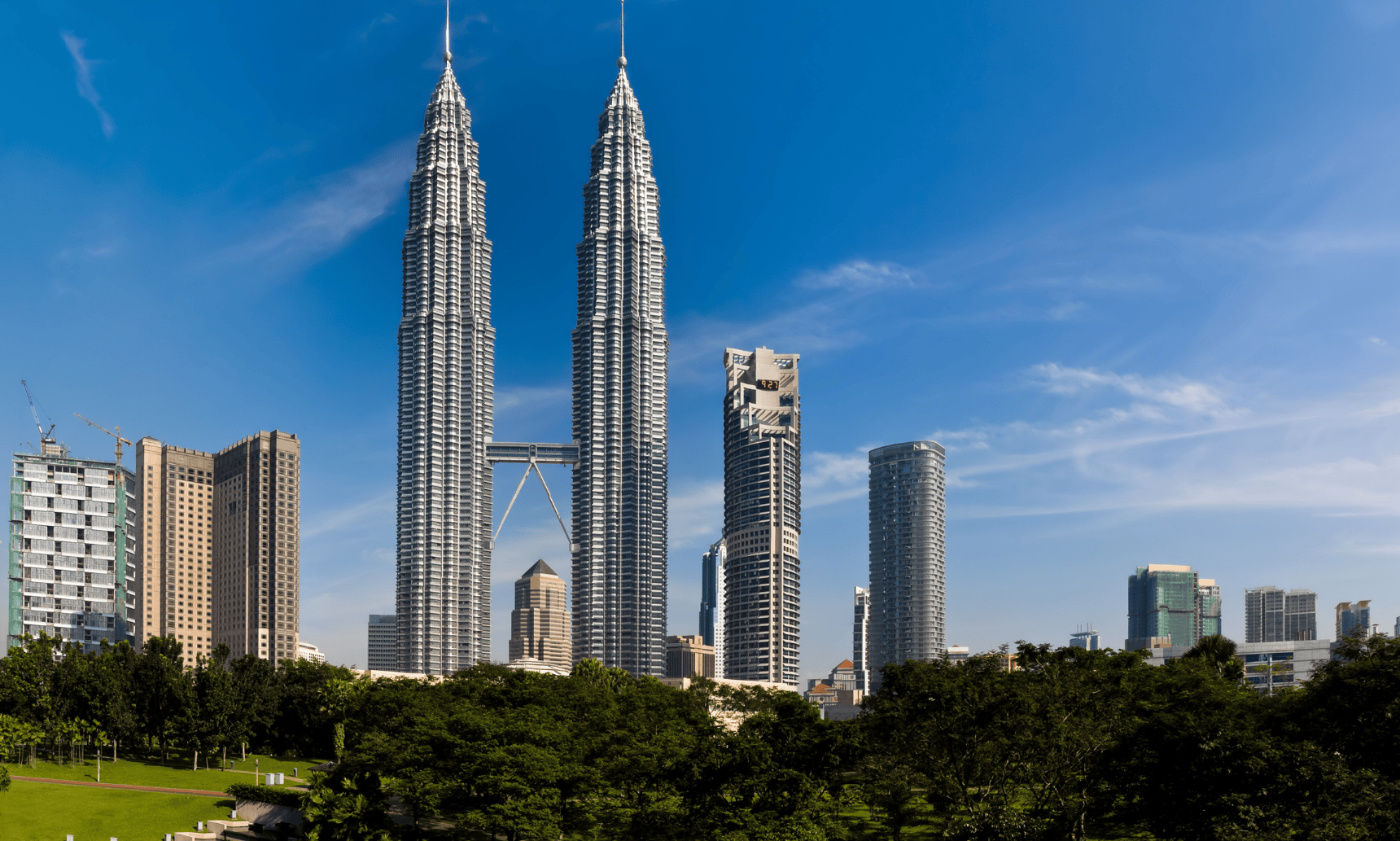
Other Budget 2026 Highlights for the Energy Sector
- Renewable Energy Target 2050: Malaysia reaffirms its goal of 70% renewable energy in national electricity generation by 2050. (Belanjawan 2026)
- Total Budget 2026 Allocation: RM 470 billion, up from RM 452 billion in 2025. (Belanjawan 2026)
- Economic Growth Outlook: 4.0%–4.5% in 2026. (Belanjawan 2026)
- Carbon Pricing: Expected tax range of RM 35–45 per tonne, aligning with international carbon standards. (ASEAN Briefing)
- Malaysia's GLCs and GLICs will mobilise RM16.5 billion toward renewable energy and transition projects in 2026. (Belanjawan 2026)
Implications & Strategic Takeaways for Malaysian Businesses
- Plan ahead for carbon tax — start estimating how much it could cost your business.
- Mix your energy options — use Solar ATAP, CRESS, and LSS6 to stay flexible and efficient.
- Make use of green funding — schemes like GTFS, GLC support, and public projects can lower your costs.
- Work with the right partners — bring together developers, banks, and EPC experts early.
- Focus on quality and trust — consistent, reliable results matter more than hype.

How Sunview Helps Businesses Embrace Malaysia’s Energy Transition
- Advisory & carbon strategy: SHIFT by Sunview helps businesses forecast, plan, and abate future carbon-tax exposure.
- C&I rooftop solar: Custom solar systems for commercial and industrial clients under Solar ATAP and CRESS.
- EPC & O&M services: Proven expertise in residential, C&I, large-scale and utility-scale solar (LSS).
- Green financing support: Guidance for GTFS 5.0 qualification and documentation.
- ESG credibility: As a Bursa-listed company, Sunview enhances project bankability and trust for Malaysian businesses.
Conclusion
Malaysia’s Budget 2026 reinforces a national shift toward renewable energy, solar adoption, and green financing.
For businesses, this isn’t just policy — it’s a call to act early, plan sustainably, and seize opportunities in the clean-energy transformation.
And for Sunview, it’s a reaffirmation of what we’ve always believed:
The future of Malaysia’s growth is powered by light — and built on responsibility.



